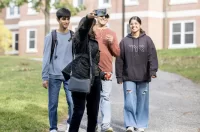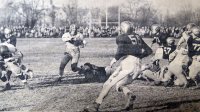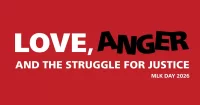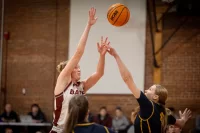
I arrived at Bates on Thursday, Jan. 2, 1992. That’s 33 years ago. But to give that a bit of relativity, when I arrived, James Reese had already been at Bates for 14 years.
While the term “onboarding” was not yet in use back then, there was a purpose to how I was welcomed into the Bates community.
These remarks were spoken during a reception at the Bobcat Den on June 24, 2025, to mark Jay Burns’ retirement on June 30 as senior editorial director and editor of Bates Magazine and BatesNews.
First, my office space. At some point, maybe Donna Duval, someone came to me and said, “Let’s go down to the bomb shelter and pick you out a desk.” For some of you, that sentence makes perfect sense. Others, see me after.
Second, getting to know Lane’s HVAC controls. If you walked into offices in Lane back then, No. 2 pencils dangled from the thermostats. It made perfect sense to us.
At some point, perhaps Lysanne Doucette, someone taught me how to call for more office heat in the winter. You took a pencil, eraser side up, and tucked it into the vintage Powers dual-mode pneumatic thermostat, which pressed a small lever forcing the system to stay on.
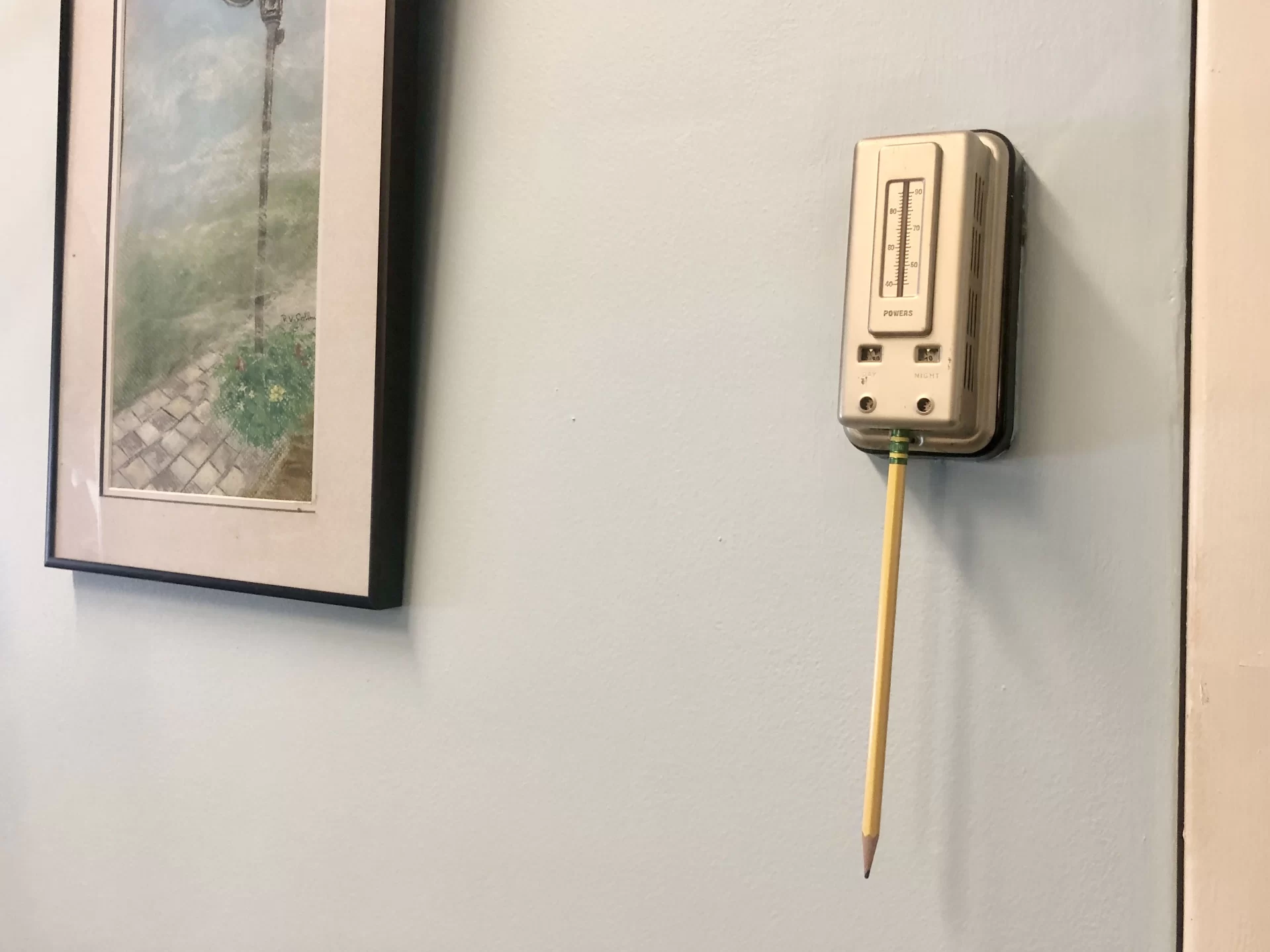
Third, sources of information. If you needed to know an endowment total, you walked into Larry Cannon’s office, and he had a 3×5 card with all the key facts.
Fourth, Lane Hall etiquette. When having a meeting in the President’s Office in that bygone era, you didn’t linger afterward. I missed the memo, and one day after a meeting the president’s gatekeeper, Kay Stevens, arched a brow my way and said, “Do you need something?”
Fifth, banking. Need some cash on payday? You could just walk up to the roll-up cashier’s window in Lane to cash your paycheck.
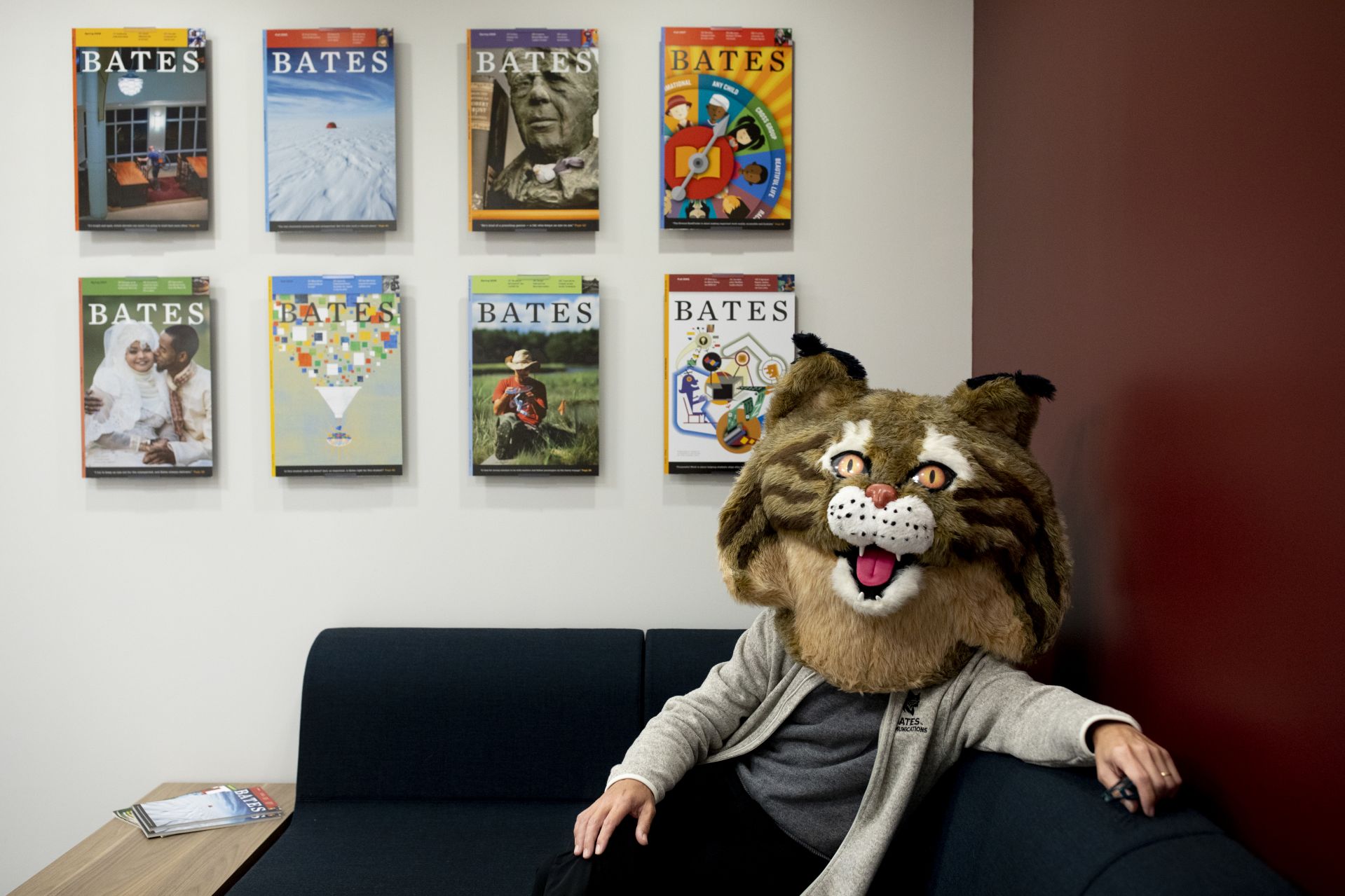
On my third work day, Bates held a campus reception to celebrate the major renovation of Gray Athletic Building from a dusty, dirt-floor field house into a multipurpose space. The project had been identified by strategic planning that students needed more and better spaces for recreation and wellness. Sound familiar?
I remember attending that gathering in Gray. It was a proud moment for Bates, but only partly because the college had created much needed recreation space for students. It was also because the renovation was handled in large part by the talented folks in Facility Services. President Don Harward said, “It makes a comment about the quality and ability of our staff.” Some things don’t change.
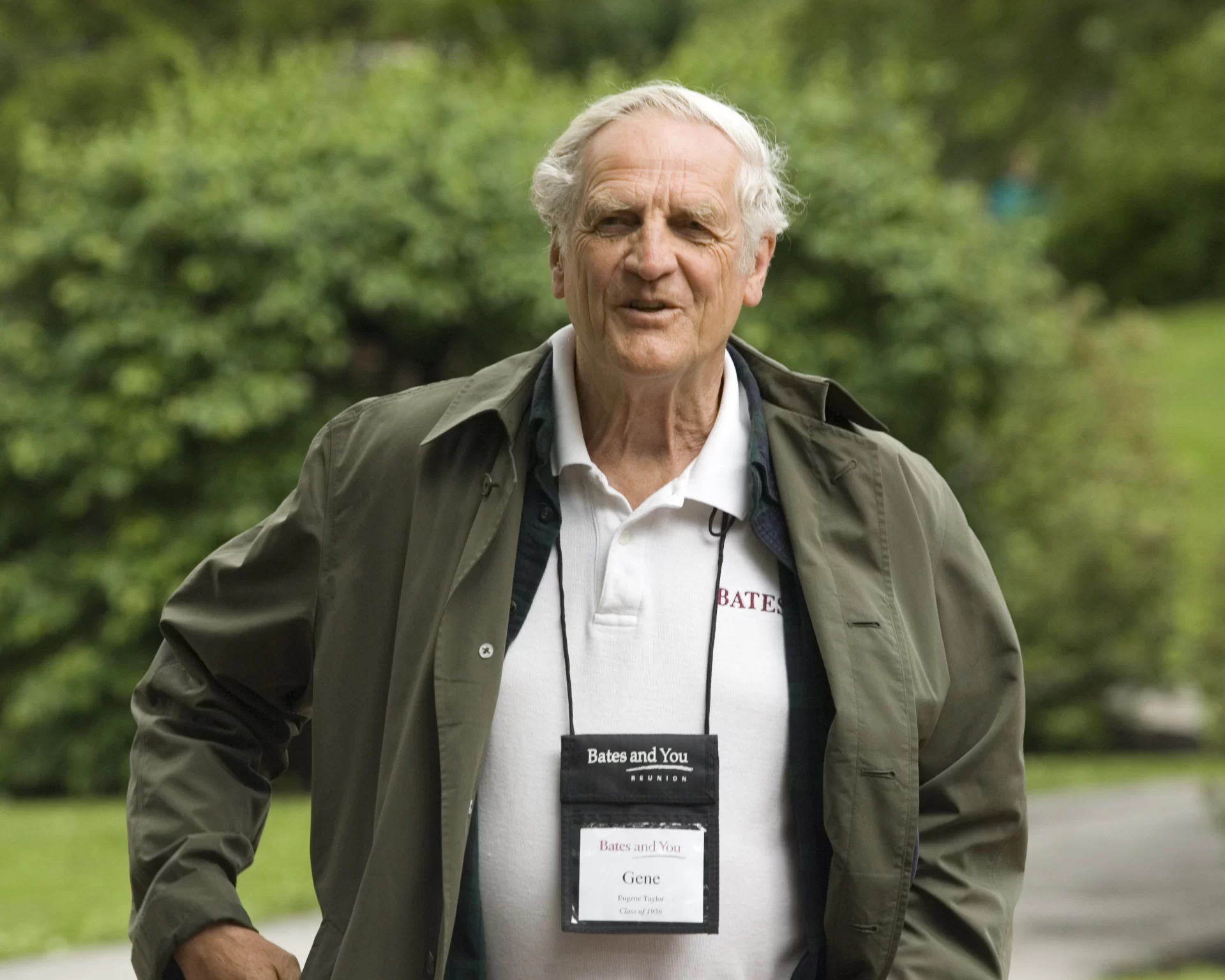
That event may have been where I heard a certain phrase from one of my advancement colleagues, Gene Taylor, Class of 1956. Gene was in charge of what we called way back then, “Planned Giving.” It’s now called “Gift Planning.” C’mon folks, try to keep up.
At one of his Bates Reunions, Gene’s class carried signs that read “The Silent Generation,” which is the demographic name of his generation, sometimes criticized for its conformity. Huge mistake. Like many of his generation, and his generation of Batesies, Gene was dogged, caring, and intensely devoted to the betterment of Bates and his home communities.
So, Gene knew that whatever delusions I had about the potential superiority of my education and early career work at Bowdoin would be swept away by getting to know Bates people. Every so often he would approach me in the office and say, “I want you to meet” so and so.
The use of that phrase “I…want…you…to…meet” was common once. My mother would use it when introducing friends or others she thought I should meet.
It seems formal, but is quite personal. It seems ceremonial, yet conveys an invitation to connect — only connect. (If you’re keeping score, yes, there’s the obligatory early 1900s English author reference.) I asked my dad yesterday why that phrase carries meaning, and he said, “It’s simple. It’s someone saying, ‘Hey, I like this person. I think you’ll like them too.’” Gene was putting himself out there to bring me into a new community.
And so a meet up would be arranged, in the Den, or the old cafeteria at St. Mary’s, Campus Cuisine, where I met folks whose Bates portfolios overflowed with Bates, like Milt Lindholm ’35, Helen Papaioanou ’49, or Norm Ross, Class of 1922.
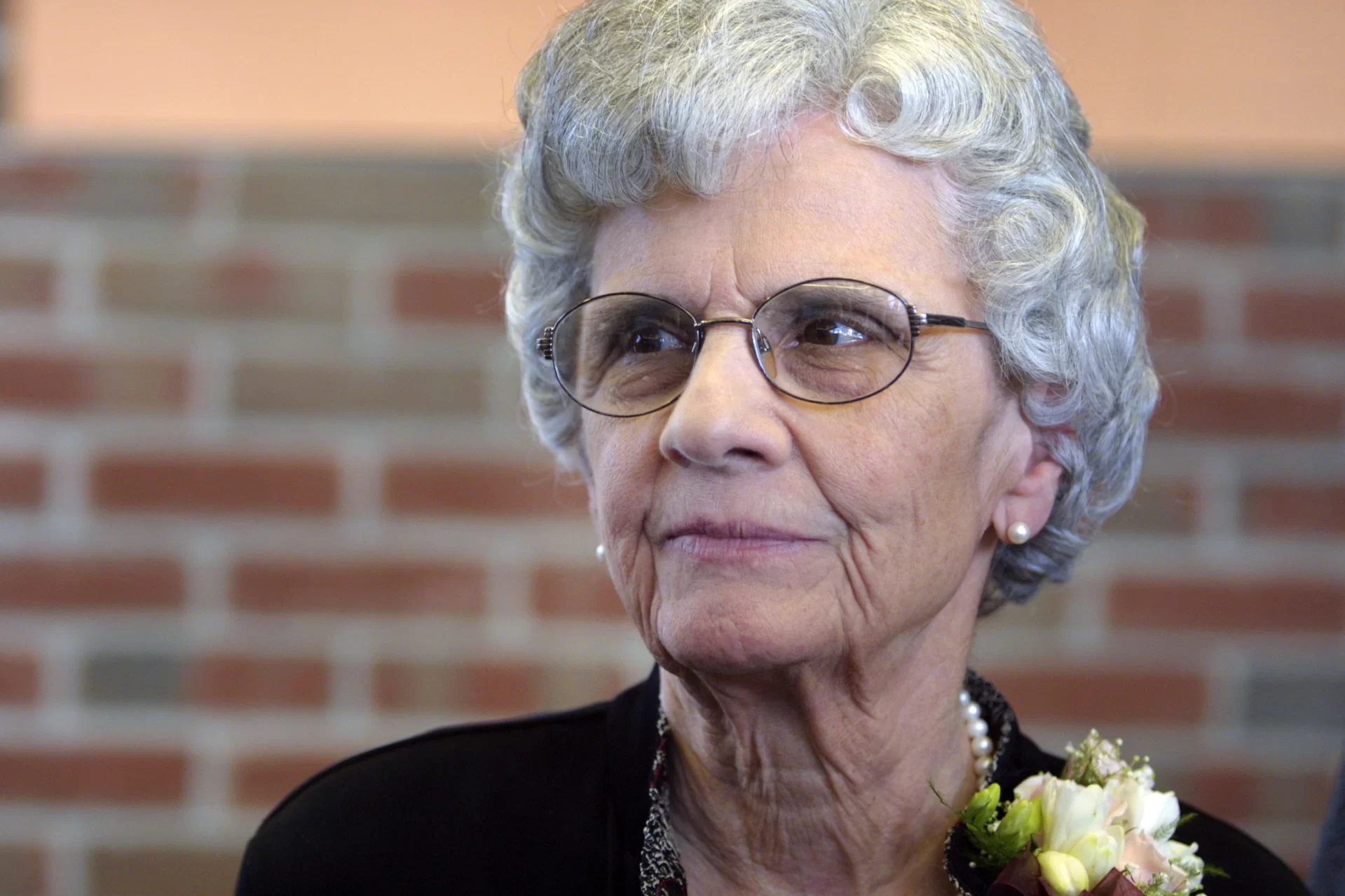
One of my other guides back then was Ruth Rowe Wilson, Class of 1936. She was the former Bates Magazine editor, the Class Notes editor when I began as editor. She was the daughter of Harry Rowe, a graduate of the Class of 1912 and the first Bates Magazine editor.
She liked to remind me that a bad-ass streak ran through Bates alumni, like William Worthy, Class of 1945, who defied the U.S. State Department to cover stories in communist countries. Inspired, Phil Ochs wrote a protest folk song about Worthy with the line, “It is strange to hear the State Department say, ‘You are living in the free world, in the free world you must stay.”
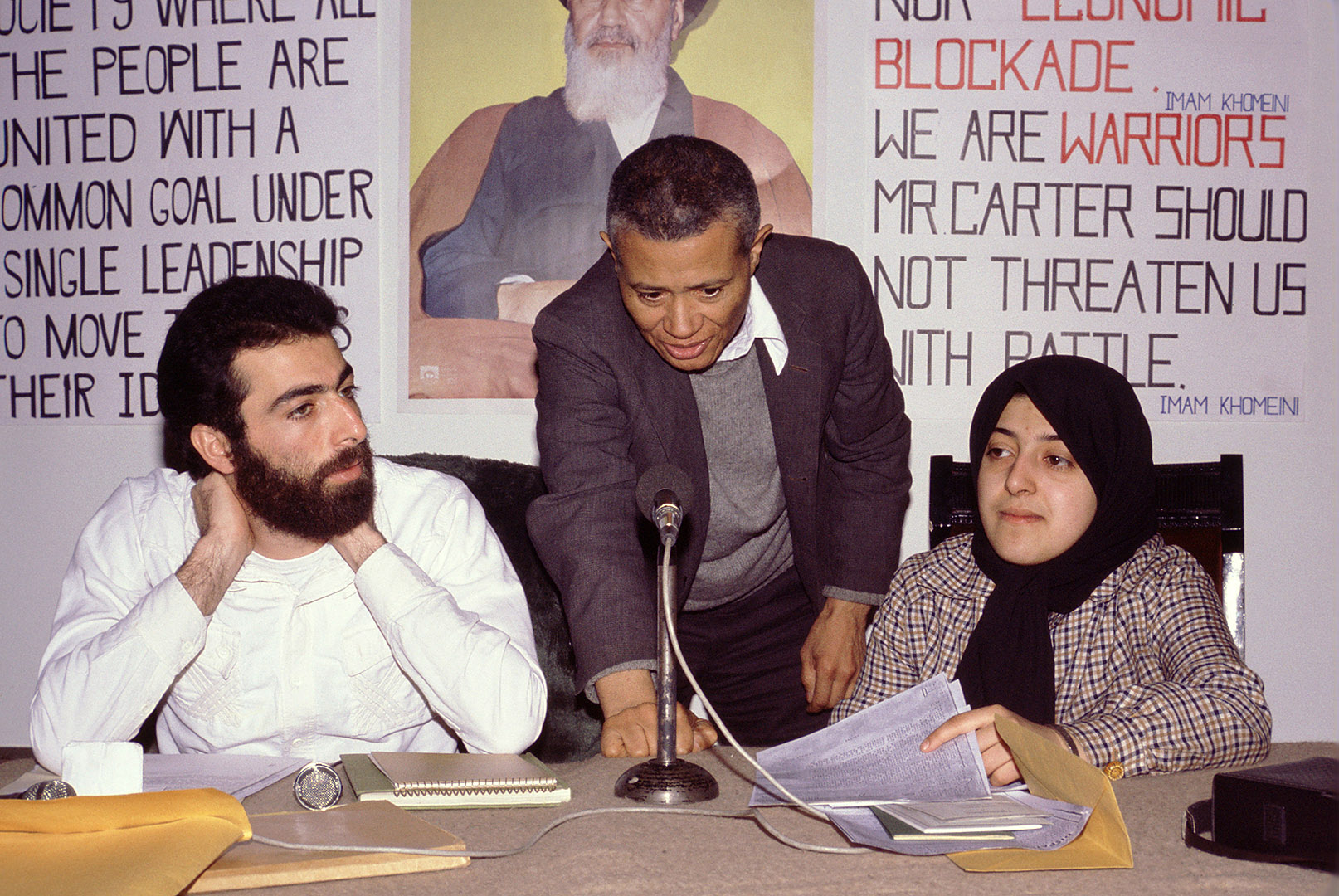
I am grateful that my forays into quirky projects were tolerated. In 1997, I turned bookie to take cash bets on the annual Bates–Bowdoin football game, complete with over-unders and prop wagers, such as whether both the Bowdoin president and Bates’ Harward would attend the game. (Don attended, the Bowdoin president didn’t.)
By the mid-2010s, I thought I had good insight into everywhere that Bates excelled: facilities, advancement, athletics, dining, academics, community engagement. But then my two children came through Bates, and Student Affairs was like, “OK, hold my beer.” Meaning, I never knew the deepest ways that Bates supports our students. As I like to say, Bates is great when our children are at their best, and also when they are not. Thank you.
Bookends…
Bates broke ground for Gray Athletic Building, the place where I first met so many Bates people in my third day at work, one century ago and a few days ago, June 20, 1925.
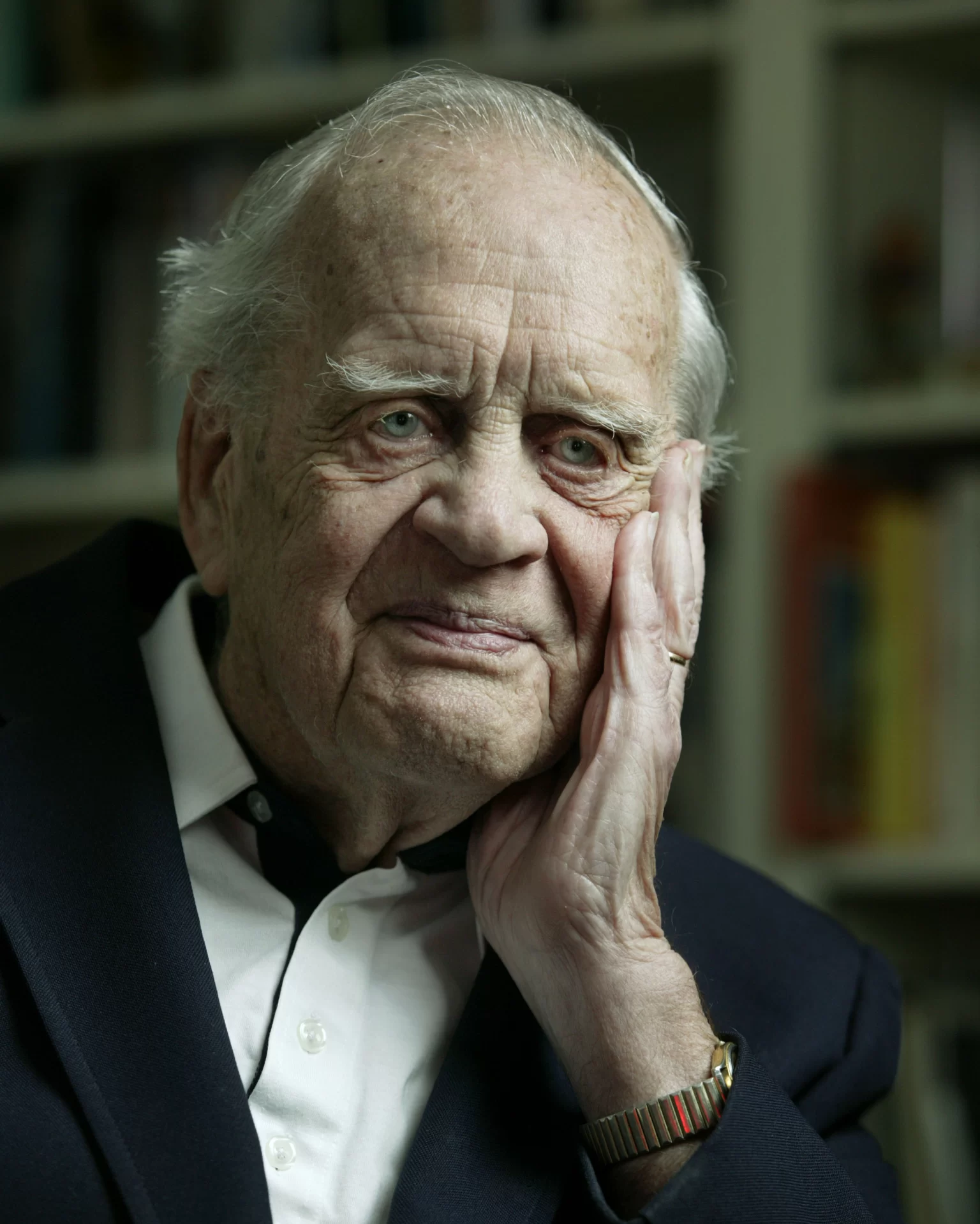
The first story I wrote for Bates Magazine was a profile of board chair Jim Moody, Class of 1953, who had just made the first million-dollar gift in Bates history. Jim died the other day, remembered as a great business and civic leader. And a great Bates alumnus.
The first cover story in my tenure as editor of Bates Magazine was about the emerging potential of the internet to support connection and learning. The final cover story is about the enduring capacity of the college library to support student connection and learning.
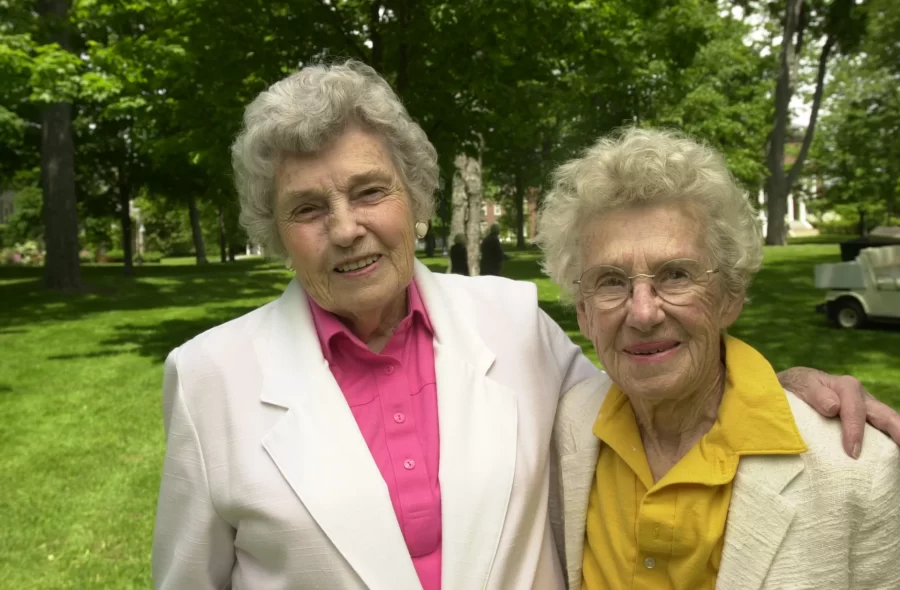
Bookends are an attractive metaphor, a story told from beginning to end. I am mindful of what researcher Jon Adler ’00 said on the Hidden Brain podcast about how we tell stories about our lives. How we tell them matter. Do the stories about what happens to us evoke how we can overcome bad things, or do we tell stories about being swept along?
Jon also talks about the meaning of how we mark the chapters of our life. There have been times that I thought that my Bates chapter would conclude without feeling uplifted. I’m sure we’ve all had that feeling. So I am so happy that this chapter break feels good and fulfilling, in the Adler’s parlance, “a redemption sequence,” a feeling of accomplishment and pride. Thank you all for that.

There have been around 8,300 work days since Jan. 2, 1992. I’m sure I have had a big laugh every day. Thank you.
Thank you to my colleagues, past and present, who have made me feel comfortable in who I am. Thank you for making so many of my days at Bates — all together now, in the words of the late Web Harrison ’63 — A Great Day to be a Bobcat!
